Exchanging information is only one aspect of effective communication. Understanding the emotion and intentions underlying each subject matter is important. Knowing your audience, how to reach them, and how to individualize your message so your target users can relate to them and understand them are all necessary for effective communication tactics. Therefore, it’s crucial to be clear about the messaging, the audience being targeted, and the best way to reach them.
To be able to communicate with your target audience through the use of compelling and relatable stories is a skill that successful leaders in business, non-governmental organizations, and philanthropy have mastered. Given the current technology trend where everyone is consuming content through social channels, and digital media, it has become imperative that businesses and organizations differentiate themselves so they can stand out from their peers or competition. This is where Digital storytelling comes in. Through the power of storytelling, organizations can now create impact, communicate key messages, drive suitable actions, and establish relatability with their target audience.
With the advancements in digital technology, content authoring and curation has now become extremely easy, resulting in a massive amount of content inflow. But that doesn’t necessarily mean that every piece of story or content that is produced is relevant and high quality. With an increasing amount of content to consume there is also an increase in noise, resulting in content fatigue for the users… Which makes it increasingly difficult for organizations to stand out, grab people’s attention, and influence them in meaningful ways. To counter this, it is important that authors follow three Cs of content development —compelling character, catchy opening , and clear call to action and apply it to their stories and narratives.
Compelling Character:
Stories should have a single, distinctive subject that the audience can identify with. A “Story,” which is defined as “a description of an event or something that happened to someone”, should focus on a subject and position the organization as the “enabler” rather than the protagonist. According to the study Stories Worth Telling from Georgetown University’s Center for Social Impact Communication, a subject is effective if it exhibits the following four aspects:
- A universal need: The universal needs of the subject matter, such as hope, self-respect, and growth, must be expressed through stories.
- Relatable: Stories must highlight the characteristics of your subjects that make them similar or relatable to the audience, such as being a part of a community or going through a particular phase of life.
- Three-dimensional: To be more engaging and authentic, stories must present a 360-degree view of the subject by incorporating different perspectives.
- Charismatic: Stories must build on and encourage the subject to recollect and relate specific details, memories, and feelings in their own words or perspective.
Catchy Opening:
According to Facebook research, the average duration of a video published on the platform in 2017 was 3 minutes and 48 seconds, but the average time spent watching was just 10 seconds, or 4% of the total video length. How does this affect digital storytellers? This means that writers and strategists only have a few seconds to catch the audience’s attention, especially with videos, therefore what is truly needed is a catchy opening – like a ‘hook’. A hook can be demonstrated in a variety of ways, such as showing what’s at risk and how it relates to the viewers, introducing an issue or question, and then offering a solution at its conclusion.
Clear Call-to-Action:
Storytelling can only help an organization advance its goals if it inspires and encourages individuals to take an action toward the same goal. Therefore, storytellers must be strategic in order to achieve the desired impact. A clear call-to-action may entail including a phrase or an actionable task at the conclusion that states what you want your audience to do. The most popular call-to-action among the organizations studied in the Stories Worth Telling study by Georgetown University’s Center for Social Impact Communication was to donate (77%), followed by volunteer (50%), and sharing the story (5%). When it comes to digital storytelling and social impact, well-crafted calls to action are crucial, while they may also be creative to easily catch attention.
Web-based platforms, and social media networks in particular, are being used to promote rapid and extensive knowledge sharing. It is inevitable that digital storytelling will become a more powerful and relied-upon instrument for outreach, service delivery, and social impact as more people use social media to remain informed and engaged. It is a powerful strategic outreach tool that when used to its full potential has the ability to deliver a message that is meaningful, enlightening, engaging, and mobilizing. Through this, viewers are impacted by the message and moved to take action.
The process of creating a digital story, which was formerly confined to desktop computers or laptops, is now available with less expensive and easier to use mobile devices and web-based tools that practitioners of all ages may utilize. The newly developed digital stories may be simply shared online with people all around the world and seen on computers, tablets, smartphones, and a variety of digital devices. It is expected that as digital storytelling spreads, more people and organizations will come up with creative, cutting-edge methods to incorporate it into lessons and other teaching and learning activities.
Every organization has a story to tell. If you feel that your organization needs assistance in effectively communicating their narratives through digital storytelling, there is someone to help. ASSIST Creativelab offers services that can provide for the overwhelming need for thought leadership, capacity building, and resources to strengthen storytelling in the field. Through strategic guidance and capacity-building tools, your organization can leverage the power of narrative and the reach of networks to extend your reach and enhance your impact.
References:
Digital Storytelling for Social Impact (SSIR). (n.d.). (C) 2005-2023. https://ssir.org/articles/entry/digital_storytelling_for_social_impact
Great Valley Publishing Company, Inc. (n.d.). Social Work Today – The Power of Digital Storytelling. https://www.socialworktoday.com/news/enews_1015_1.shtml
Center for Social Impact Communication. (n.d.). Breaking through the noise: Digital storytelling for social impact – Center for Social Impact Communication. https://csic.georgetown.edu/magazine/breaking-noise-digital-storytelling-social-impact/




